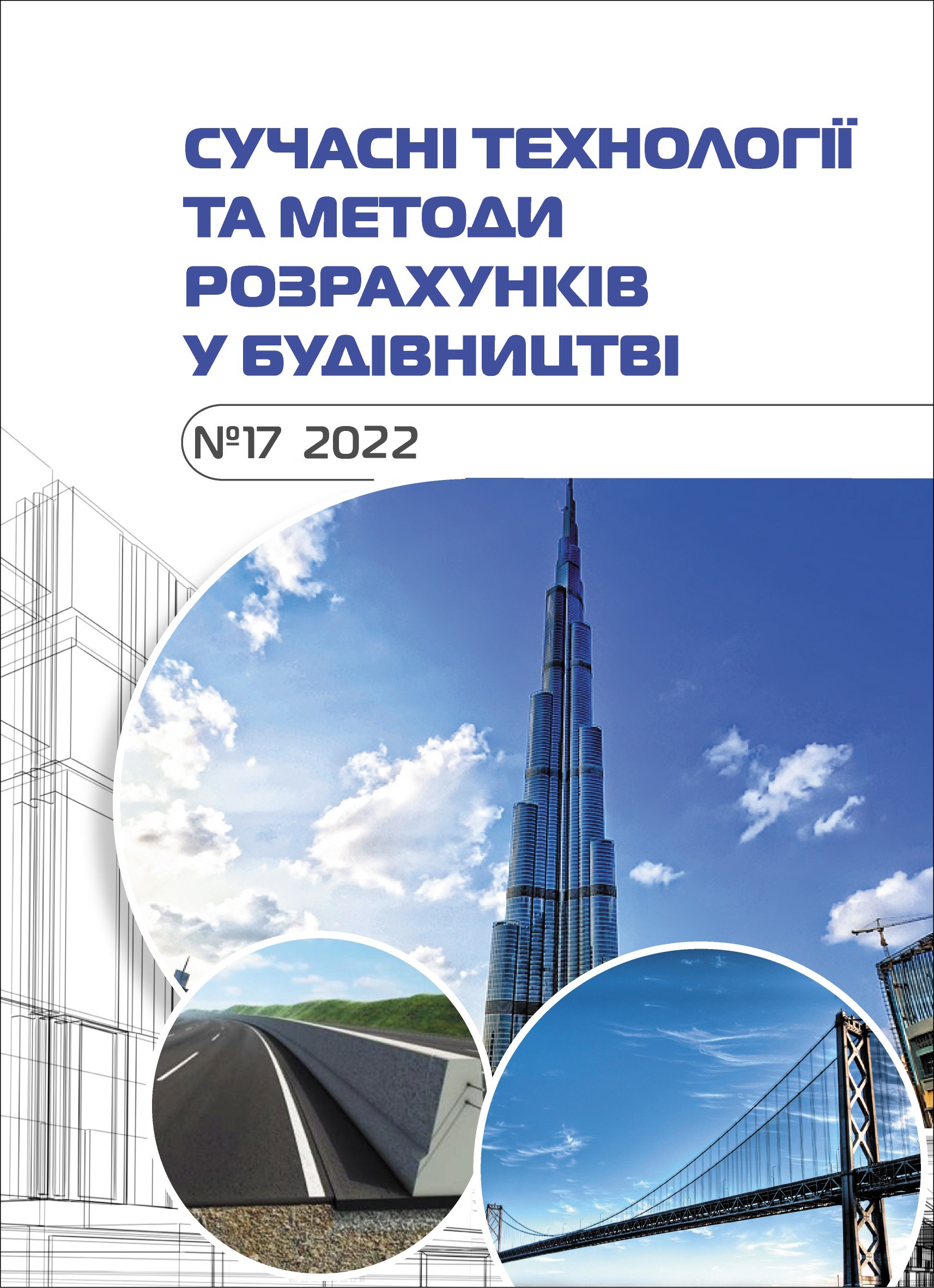Analysis of possibilities of using disturbed territories of mining enterprises
Abstract
During the operation of an ordinary mine, landscape changes are formed, the mining and geological structure changes. Capital buildings, infrastructure facilities, the planning framework of cities have existed for a longer time. After coal mining, the difficulties and tasks of exploitation and development of territories affected by the production activities of mining companies change. The tendency to leave the solution of problems "for later" to conditional descendants is quite natural for any socio-economic conditions. This leads to the conclusion that measures for adaptation and reclamation of disturbed areas should be planned in a short time, at the stage of the enterprise closure process.
One of the urgent environmental problems of the coal-mining regions of Ukraine is the negative phenomena and processes that accompany the liquidation of mines and cuts. They are of a multi-vector nature and in one way or another are connected with the restoration of the natural levels of groundwater, arboreal during the period of operation. The main ones are flooding and swamping of the earth's surface, changes in the chemical composition of ground and surface waters, activation of the shift of the earth's surface above workings, deterioration of the physical and mechanical properties of rocks, as well as extrusion of mine gases. Changes in hydrogeological conditions give rise to the following negative changes in the geological environment and ecosystem: depletion of groundwater reserves; extraction of gravitational water from waterproof rocks; drainage of wells, streams and reservoirs; violation of the water-salt regime of rocks in the aeration zone; deterioration of the quality of ground and surface waters.
The territorial and ecological impact of mining enterprises located within urban areas are considered. The hazardous properties of mining waste are presented. The analysis of the influence of mine heaps on the ecological and territorial component of the city is given. It is proposed to determine the nature of the use of territories, the main indicators and parameters put forward as basic requirements, and to carry out adaptation and reclamation measures, taking into account potential zoning. It is advisable to determine the main functions. Sanitary and ecological gaps, zones, buffer zones, areas of exclusively industrial use. The possibility of using similar areas for defense and defense purposes is subject to additional assessment.








